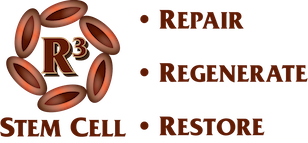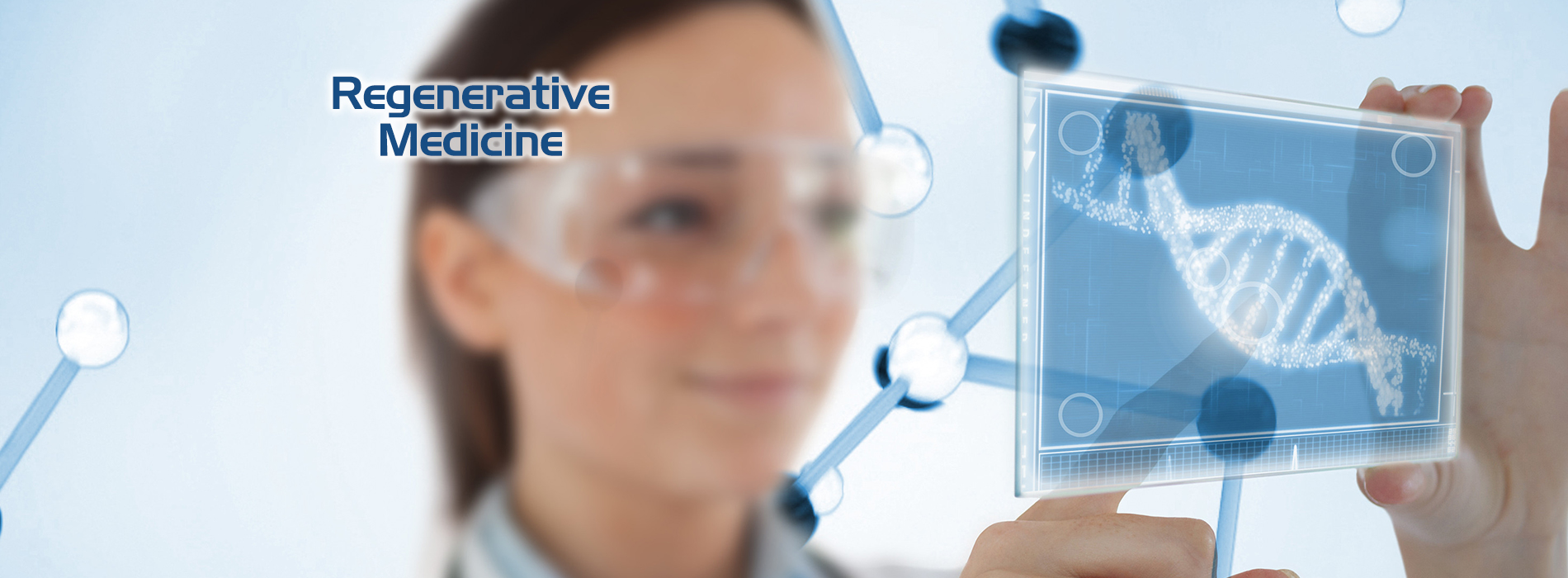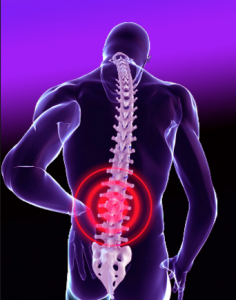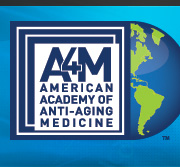FAQs on Bone Marrow Stem Cell Therapy in Dallas, Houston and Austin Texas
Bone marrow derived stem cells are used for regeneration of damaged or injured tissues and structures. These specialized cells are capable of forming tendon, muscle, ligament, joint, and bone cells.
Which stem cells are best at promoting musculoskeletal healing?
According to researchers, bone marrow derived mesenchymal stem cells (MSCs) are best at promoting tendon, cartilage, ligament, and bone healing. MSCs from bone marrow are capable of yielding much higher concentrations of these vital cells when injected into the body structure.
How is the stem cell injection procedure performed?
Bone marrow stem cells can be injected on an outpatient basis, meaning there is no overnight hospital stay. Patients usually can return to normal activity following the procedure, avoiding a lengthy, painful recovery period. First, the bone marrow is obtained from the hip region (iliac bone) and then processed in the laboratory. Once the stem cells are concentrated, they can be easily injected into the joint or body region. The doctor often uses real-time x-ray to assure the cells are placed in the correct place.
Who is a candidate for bone marrow stem cell injections?
If you have a degenerative condition or joint injury, you may be a candidate for bone marrow derived stem cell injections. This therapy is used to treat:
- Arthritis
- Joint injury
- Tendinitis
- Rotator cuff tears
- Achilles tendon injury
- Elbow tendinosis
Are bone marrow stem cells better than adipose derived stem cells?
In a recent study, bone marrow derived stem cells were found to have growth-promoting properties while maintaining their immunophenotype, immunomodulatory, and differentiation potential properties. Clinical outcomes have not been shown to be different between the two treatment options.
How common are bone marrow stem cell injections?
More than 100,000 Americans receive bone marrow stem cell therapies each year. The number of stem cells used varies, ranging from 10,000 to 100,000. These cells can be expanded in the laboratory to 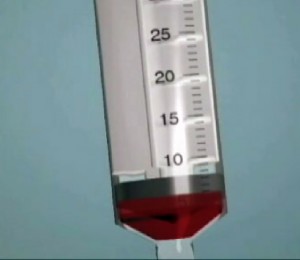 produce millions, however.
produce millions, however.
How do bone marrow stem cells work?
Once injected into the damaged or injured body structure of joint, these multipotent cells can differentiate into cartilage, bone, ligament, tendon, and endothelium. They release many bioactive factors and growth factors, which stimulate wound healing and tissue repair.
How effective are bone marrow stem cell injections?
In a recent study involving bone marrow stem cells for the treatment of amyotrophic lateral sclerosis (ALS), which is a neurodegenerative disorder, stem cell therapy showed promise for improvement. Researchers found that these stem cells effectively reduced ALS symptoms short-term.
In addition, research studies support intra-articular stem cell injections for other conditions, such as knee arthritis and treatment of focal lesions. Using MRI scans and biopsies 18 months post treatment, these injections improved cartilage repair. Furthermore, bone marrow stem cells showed wound healing efficacy in a randomized controlled trial in China.
Resources
Centeno CJ, Schultz JR, Cheever M, Freeman M, Faulkner S, Robinson B, et al. Safety and complications reporting update on the re-implantation of culture-expanded mesenchymal stem cells using autologous platelet lysate technique. Curr Stem Cell Res Ther. 2011;6:368–78.
Lee KB, Wang VT, Chan YH, Hui JH. A novel, minimally-invasive technique of cartilage repair in the human knee using arthroscopic microfracture and injections of mesenchymal stem cells and hyaluronic acid – a prospective comparative study on safety and short-term efficacy. Ann Acad Med Singapore. 2012;41(11):511–517.
Lu D, Chen B, Liang Z, et al. (2011). Comparison of bone marrow mesenchymal stem cells with bone marrow-derived mononuclear cells for treatment of diabetic critical limb ischemia and foot ulcer: a double-blind, randomized, controlled trial. Diabetes Res Clin Pract, 92(1):26-36.
Prabhakar S, Marwaha N, Lal V, et al. (2012). Autologous bone marrow-derived stem cells in amyotrophic lateral sclerosis: a pilot study. Neurol India, 60(5), 465-469.
Saw KY, Anz A, Siew-Yoke Jee C, et al. Articular cartilage regeneration with autologous peripheral blood stem cells versus hyaluronic acid: a randomized controlled trial. Arthroscopy. 2013;29(4):684–694. [PubMed]
Xia W, Li H, Wang Z, Xu R, Fu Y, Zhang X, et al. Human platelet lysate supports ex vivo expansion and enhances osteogenic differentiation of human bone marrow-derived mesenchymal stem cells. Cell Biol Int. 2011;35:639–43.
